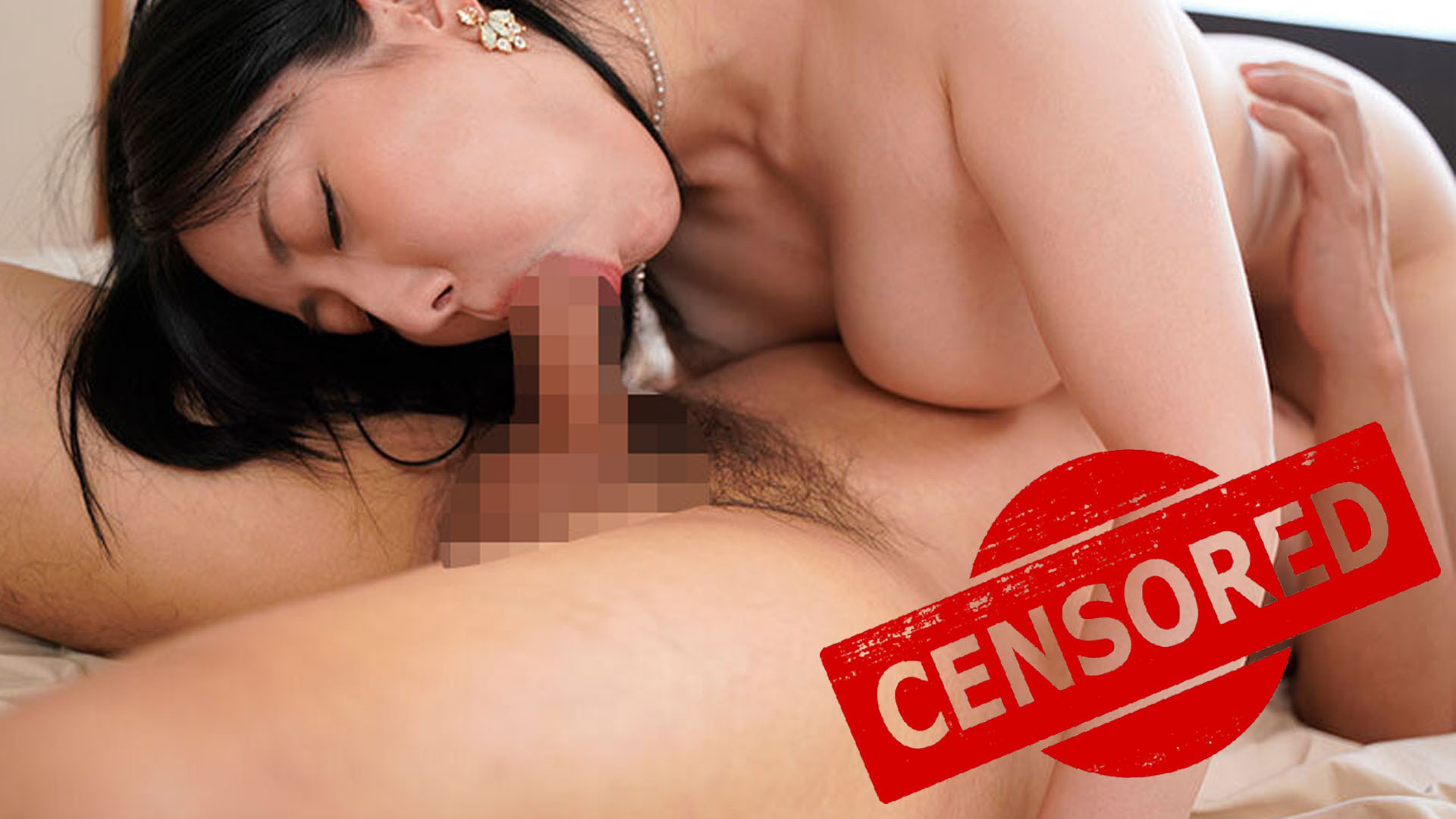Why JAV is Censored: Facts, Rules, and the History Behind It

For many people outside Japan, the first thing that sparks curiosity when watching JAV (Japanese Adult Video) is one thing: the mosaic censor.
Why are adult videos from Japan always censored, while in other countries they aren’t?
This article explains the legal reasons, historical background, and how censorship is done technically.
What Is JAV and Why Do People Ask About Censorship?
Definition of JAV (Japanese Adult Video)
JAV refers to Japan’s adult film industry, which has developed since the 1980s.
Its content is known for professional production, a wide range of themes, and—most distinctively—the presence of mosaic censorship over certain body parts of the actors.
Why Censorship Became a Hallmark of JAV
Censorship in JAV exists for a reason. Japan enforces strict laws regarding the distribution of obscene materials.
This means that showing genitals clearly in public media is considered illegal.
Example: The Difference Between Official JAV and “Leak” or Uncensored Versions
Official versions usually feature mosaics over genital areas.
Meanwhile, uncensored versions often come from data leaks, foreign releases, or illegal sites that lack official permission.
Main Reasons Why JAV Must Be Censored
Moral Laws and Public Decency in Japan
In Japan, showing parts of the body considered obscene is prohibited under Article 175 of the Japanese Penal Code.
This law has long existed to preserve public morality and the country’s social image.
Example: Even non-adult Japanese films shown in theaters will be censored if they contain explicit scenes.
Early History of Film Censorship in Japan
Censorship is nothing new. Since the 1950s, Japan has used it to blur body parts in films.
When the JAV industry emerged in the 1980s, this rule naturally applied as well.
The Role of Censorship Associations
Organizations such as Eirin (for cinema films) and NEVA or JVPSA (for JAV) are responsible for ensuring each video meets censorship standards.
They determine the level of mosaic, the areas that must be censored, and the distribution permit of each video.
How JAV Censorship Is Done
Using Mosaic Effects on Certain Areas
Male and female genitals must be covered using mosaic effects before the video is released.
Example: Major studios such as S1 or Moodyz cannot release their films until they pass censorship inspection.
Censorship Technology Used
In the past, censorship was done manually frame by frame—a time-consuming process.
Today, AI mosaic technology is used to create smoother and more realistic results.
Example: Modern studios now use adaptive sensors that track camera and body movements with high precision.
Why There Are Uncensored JAV Versions
Produced Outside Japan
Some uncensored videos are produced outside Japan to avoid domestic legal restrictions.
Example: Many are released through platforms like FC2 or independent international sites.
Data Leaks from Studios
A few years ago, the JAV industry was shaken by massive data leaks.
Example: In 2019, thousands of uncensored “raw file” videos were leaked to the public due to internal data theft.
Distribution Through Unofficial Platforms
Uncensored versions are often distributed through torrents or illegal streaming sites, which obviously pose legal and security risks.
Impact of Censorship on the JAV Industry
Boosting Creativity in Production
Many JAV directors and actresses began to emphasize storytelling, emotion, and cinematography due to the limitations of explicit scenes.
Example: Studios like SOD became famous for story-driven series focusing on interaction and acting.
Different Preferences Between Local and Global Audiences
For Japanese viewers, mosaic censorship has become part of the viewing culture.
However, international audiences often feel curious or seek uncensored versions because they find them “more realistic.”
Will Censorship in JAV Be Removed in the Future?
Social Change and Open Discussions
Younger generations in Japan are becoming more open to sexuality topics.
However, even though discussions about whether “censorship is necessary” are growing, legal changes are not that simple.
Legal and Moral Challenges
Article 175 of the Japanese Penal Code remains firmly enforced, and any change to it is still considered taboo by most of society.
Recent Trends
Some independent platforms have begun experimenting with semi-censorship or releasing overseas versions without mosaics for global viewers.
